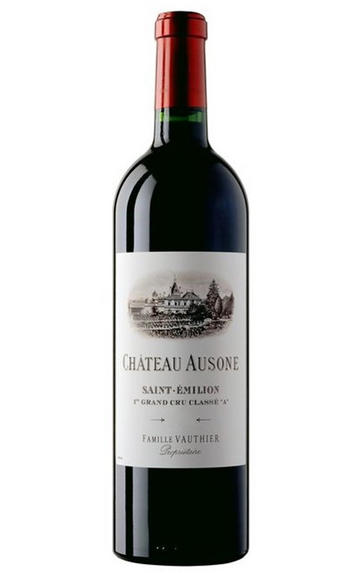
2017 Château Ausone, St Emilion, Bordeaux
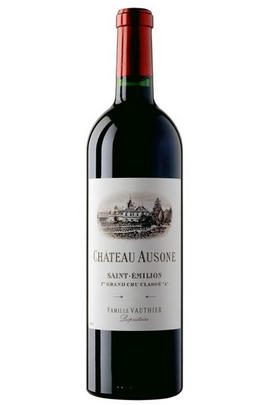
Critics reviews
Lisa Perrotti-Brown - 27/04/2018
About this WINE
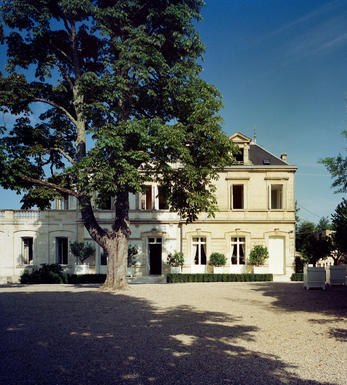
Château Ausone
Château Ausone is a wine estate in St Emilion on the Right Bank of Bordeaux. It takes its name from the poet Ausonius, who is thought to have owned a villa where the estate stands today – just outside the medieval village of St Emilion. Ausone’s vineyards sit atop St Emilion’s limestone plateau and extend in terraces down the côtes. There are just over six hectares of vines planted today, mostly Cabernet Franc along with Merlot. The team practice organic and biodynamic viticulture though without certification.
The estate belongs to the Vauthier family, led by Alain Vauthier and his children, Pauline and Edouard. In 1955, Ausone was ranked at the very top of the St Emilion classification – as Premier Grand Cru Classé A – alongside Château Cheval Blanc. In 2021, both Ausone and Cheval Blanc announced that they were voluntarily withdrawing from the classification.
Ausone is known for its structured, long-lived wines. A second wine, Chapelle d’Ausone, was introduced in the 1990s. The Vauthier family also own a number of other properties nearby in St Emilion, including Château Moulin Saint-Georges, Château La Clotte and Château de Fonbel.
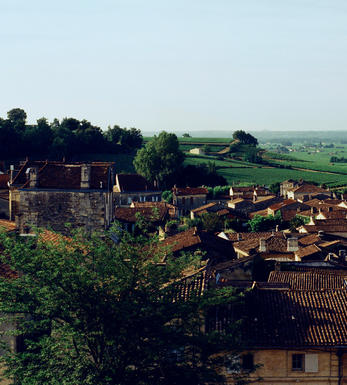
St Émilion
St Émilion is one of Bordeaux's largest producing appellations, producing more wine than Listrac, Moulis, St Estèphe, Pauillac, St Julien and Margaux put together. St Emilion has been producing wine for longer than the Médoc but its lack of accessibility to Bordeaux's port and market-restricted exports to mainland Europe meant the region initially did not enjoy the commercial success that funded the great châteaux of the Left Bank.
St Émilion itself is the prettiest of Bordeaux's wine towns, perched on top of the steep limestone slopes upon which many of the region's finest vineyards are situated. However, more than half of the appellation's vineyards lie on the plain between the town and the Dordogne River on sandy, alluvial soils with a sprinkling of gravel.
Further diversity is added by a small, complex gravel bed to the north-east of the region on the border with Pomerol. Atypically for St Émilion, this allows Cabernet Franc and, to a lesser extent, Cabernet Sauvignon to prosper and defines the personality of the great wines such as Ch. Cheval Blanc.
In the early 1990s there was an explosion of experimentation and evolution, leading to the rise of the garagistes, producers of deeply-concentrated wines made in very small quantities and offered at high prices. The appellation is also surrounded by four satellite appellations, Montagne, Lussac, Puisseguin and St. Georges, which enjoy a family similarity but not the complexity of the best wines.
St Émilion was first officially classified in 1954, and is the most meritocratic classification system in Bordeaux, as it is regularly amended. The most recent revision of the classification was in 2012
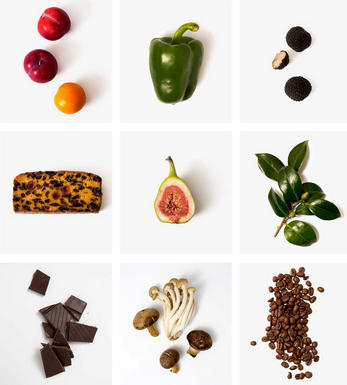
Merlot
The most widely planted grape in Bordeaux and a grape that has been on a relentless expansion drive throughout the world in the last decade. Merlot is adaptable to most soils and is relatively simple to cultivate. It is a vigorous naturally high yielding grape that requires savage pruning - over-cropped Merlot-based wines are dilute and bland. It is also vital to pick at optimum ripeness as Merlot can quickly lose its varietal characteristics if harvested overripe.
In St.Emilion and Pomerol it withstands the moist clay rich soils far better than Cabernet grapes, and at it best produces opulently rich, plummy clarets with succulent fruitcake-like nuances. Le Pin, Pétrus and Clinet are examples of hedonistically rich Merlot wines at their very best. It also plays a key supporting role in filling out the middle palate of the Cabernet-dominated wines of the Médoc and Graves.
Merlot is now grown in virtually all wine growing countries and is particularly successful in California, Chile and Northern Italy.


Buying options
Add to wishlist
Description
The vineyard of Ausone sits high above St Emilion on a limestone plateau on a calcareous clay slope. The 2017 is a blend of 55 percent Cabernet Franc and 45 percent Merlot. It falls into the glass with a dark, crimson character and displays compact, dark fruit, smoke, pepper and blackberry. Big, rich and bold, the texture is suave and envelops the mouth, leaving the sensation of a smooth and layered finish. Really very good.
wine at a glance
Delivery and quality guarantee